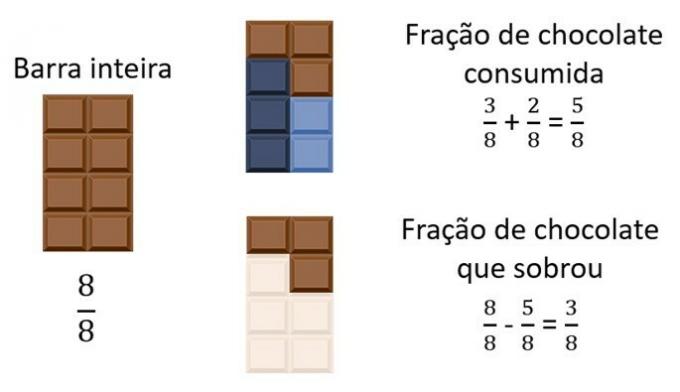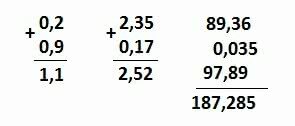Negative exponent power is a mathematical operation where a base is raised to an integer exponent less than zero.
Example
Where the exponent is -2 and the base is five.
In a power, the base is multiplied by itself as many times as the value of the exponent indicates.
Example
Where 2 is the base, 3 is the exponent, and 8 is the result or power.
In case the exponent is negative, we have two situations: fractional base and integer base.
Fractional base raised to a negative exponent
A fraction raised to a negative exponent is inverted, the numerator becomes the denominator, and the denominator goes up, going to the numerator. Afterwards, the fraction is raised to the same exponent, this time positive.
Example
Integer base raised to a negative exponent
Every integer can be written as a fraction with a denominator of 1, since every number divided by 1 results in itself.
Example
So, just proceed as in the previous case, inverting the fraction and raising it to the modulus of the exponent, that is, the same numerical value, now positive.
Rule of thumb for integer base and negative exponent
The power goes to the denominator of a fraction with numerator 1, already with a positive exponent.
Example
Power exercises with negative exponents
Exercise 1
calculate the power .
Exercise 2
solve .
See too
- Potentiation
- Strengthening Exercises
- Potentiation properties
- Powers of base 10
- perfect square


